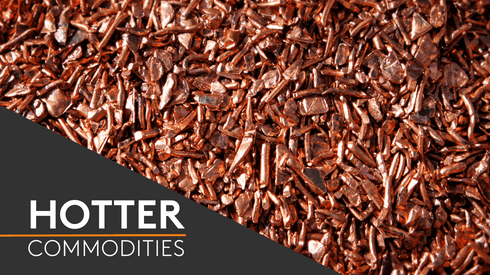Copper scrap imports to China dropped by 5% year-on-year in April to 319, 629 tonnes, according to Chinese customs data.
Overall scrap imports from January- April reached 1,192,721 tonnes, a drop of 12.68% from the same month last year, which is mainly attributed to tight market supply, higher prices, and tough customs procedures.
“Copper scrap prices remained high. By adding the high import tax, we’re losing money to use scrap as raw material,” a smelter source told Metal Bulletin. “Meanwhile, both LME and SHFE copper prices plummeted in March, we have increase ratio of refined copper/blister usage.”
“Moreover, supply of copper scrap became tighter as many developed country imposed more strict restrictions on scrap export due to enviromental considerations,” the source added.
“China also put more regulations in place for imported scrap after last year’s ‘green fence’ policy; now it takes more time for customs clearance and the procedure is more complicated,” he added.
“We have heard one of China’s largest smelter switched one of their production lines in Guangdong province which previously using copper scrap to blister,” the source said.
Another Guangxi based recycling company also stated they have raised purchases of blister, and cut down scrap imports.
From Chinese customs’ data, blister imports from January-April reached 223,430 tonnes, an increase of 20.85% on the previous year.
The USA is still the largest exporter of copper scrap to China, and accounts for more than 20% of the total imports.
“It’s estimated that China will add new smelting and refinery production capacity of about 900,000 tpy and 950,000 typ separately in 2014, to reach a total capacity of 5.79 million and 9.91 million tonnes,” a commodities analyst who has direct knowledge of China’s copper scrap market told Metal Bulletin.
“An enlarged gap between China’s smelting and refinery capacity created demand for copper scrap, but if copper scrap prices remain high while domestic copper prices remain low, smelters will seek copper blister as substitute,” the analyst said




